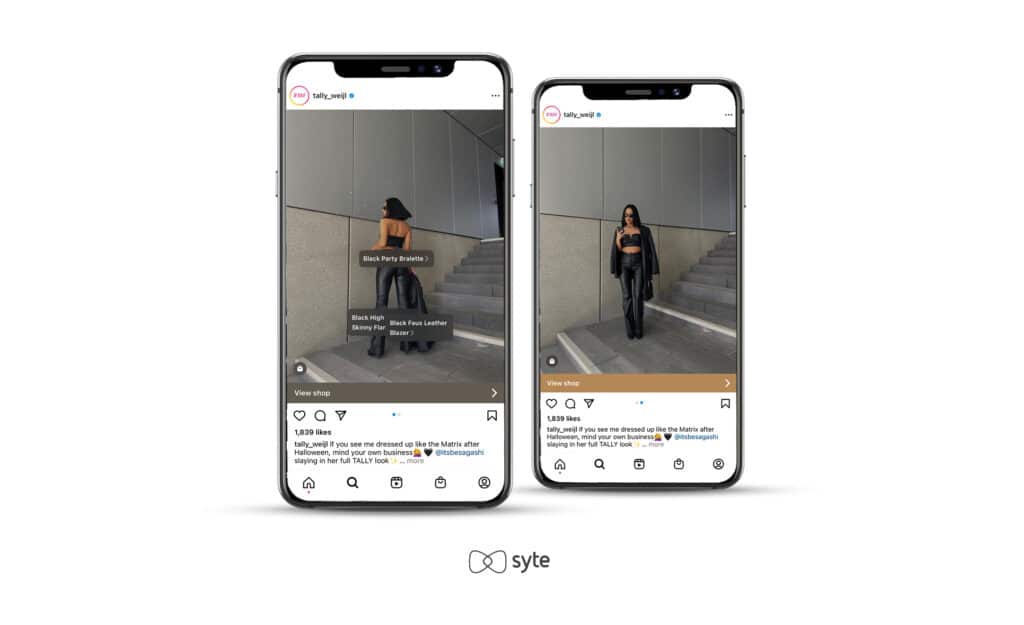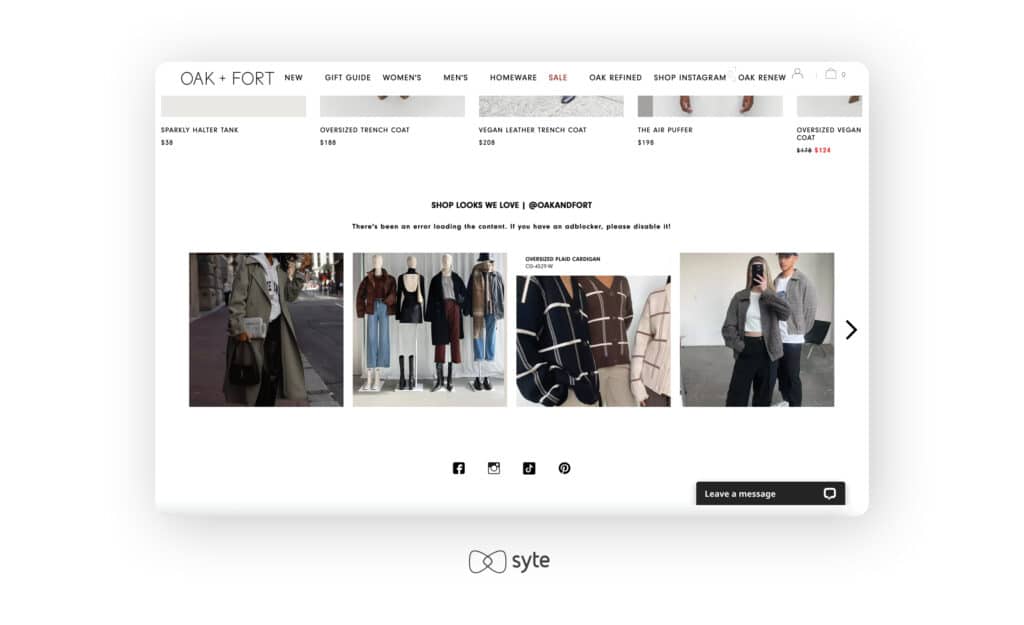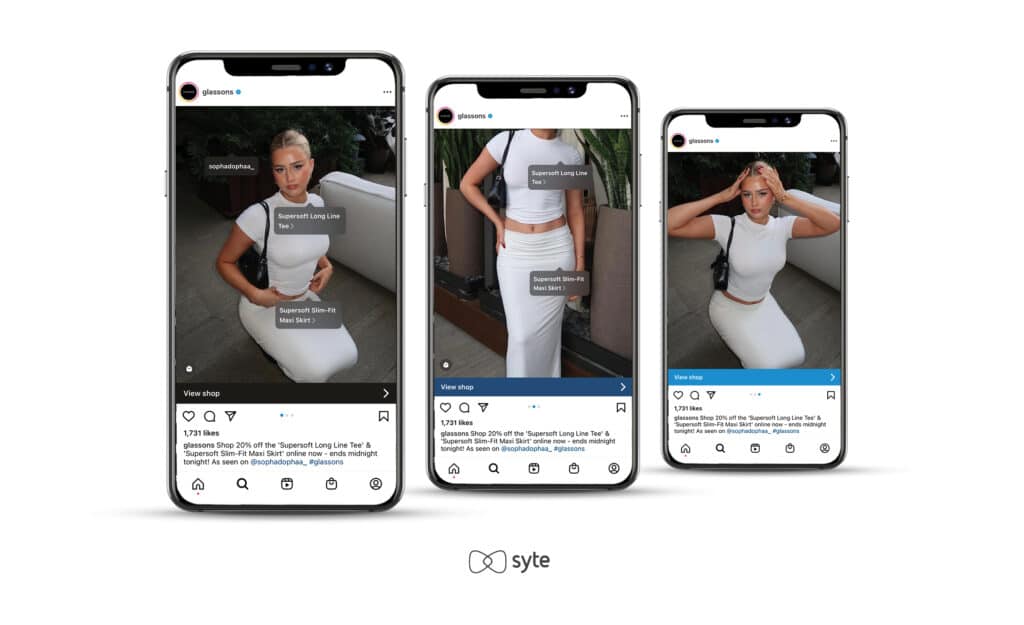Social channels have long been a hub for users and brands to rally around topics, find inspiration, have a good laugh, and spark authentic conversations. They are a place for connection, word-of-mouth recommendations, and creating memorable experiences.
For many caught in the loop of scroll doom, it can be difficult to recall that social media is often made up of people’s highlights and is rife with sponsored content and ads. A survey by youth agency Zak found that approximately 45% of people aged 16 to 24 feel their social media posts are not an accurate reflection of their actual identity. 4 in 10 of those surveyed say they feel constantly judged and struggle with the notion of “being yourself” while still dealing with the fear of failure or not being liked.
This has pushed more users to seek out transparency from influencers they follow, with greater emphasis placed on real people and real life, as well as co-creation through polls, surveys, and Q+A rounds. It’s not about likes and views, but authenticity and collaboration. This comes as no surprise, as Instagram is now enabling users to turn off “like” counts from their feeds. While Instagram, TikTok, Facebook, Twitter, and YouTube remain the social media OGs, many other platforms have been popping up as of late to inject more realness into the online social experience.
The shift from me-me-me culture and selfies to a more inclusive and laissez-faire approach may not be second nature to many luxury brands used to a highly curated and polished image on social channels. Nevertheless, retailers should see these touchpoints as new brand activation opportunities and work them into their omnichannel strategy to attract new customers and be where their shoppers are.

Straight From the Source
Poparazzi is one breakthrough platform migrating away from social monologues to pluralistic sharing. This is seen by many Gen Z users as more authentic because Poparazzi profiles consist of photos taken by a user’s friends. Selfies don’t exist and there are no like counts, comments, or captions. “We built Poparazzi to take away the pressure to be perfect,” the company wrote in a Medium post announcing its launch.
BeReal, another photo-sharing app, gives users two minutes to take a picture of an everyday moment, which removes the possibility of posing for photos and post-editing. Dispo adopts a similar approach by removing photo edits. It works like a disposable camera, and users can’t see pictures they’ve taken until the next day.
Even Twitter is rolling out updates to encourage collaboration through hosted chats on Spaces. “Users can have these open conversations with authenticity and nuance, which is something only the human voice can really bring to the table. What it does for [our users] is it changes the experience from feeling alone to doing something that’s very collaborative,” says Esther Crawford, Senior Product Manager at Twitter, and previously Co-Founder and Chief Executive of Squad.

Tech giant Microsoft is also taking note and in talks to acquire the gamers’ chat app Discord for a whopping $10 billion. Discord has emerged as a hub for discussions, and according to the company, about 70% of active Discord users in 2020 reported using the platform for non-gaming purposes, or a mix of gaming and everyday use.
The Move Towards Co-Shopping
Brands and retailers can leverage new social platforms to encourage users to co-shop, share looks with their social circles, and get feedback from peers — very much the same way they would if shopping together with friends IRL (in real life). Los Angeles-based NewNew enables creators to share polls with followers, who can then send feedback and comments about someone’s wardrobe.
Social shopping certainly doesn’t begin or end on social media platforms but is increasingly being integrated into eCommerce websites in the form of social-like story interfaces and user-generated content (UGC). UGC is one stamp of authenticity, as it is content seen on real people, not models with a full BTS (behind-the-scenes) styling and beauty team.
Brands can curate content from several social media channels, which widens audience reach and provides more variety. UGC is more personal and relatable and fosters a sense of community, with real-time content constantly refreshed over billions of users across social platforms. UGC also comes in the form of reviews with word-of-mouth credibility, as compared to paid or sponsored initiatives.

More and more visual AI-powered tools like Shop Social are helping brands to convert social content into monetizable shopping opportunities by embedding social content in their eShops. The technology also connects social content to the brand’s product catalogue, ensuring that shoppers will only see items that are in stock. It transforms entire looks into shoppable opportunities, enables mobile browsers to tap through engaging, shoppable ideas, similar to social media stories, and increases ROI from influencer marketing spend.
Experiential Online Events
Inclusive and memorable experiences don’t stop at shopping. Burberry streamed its Spring/Summer 2021 fashion show in partnership with Twitch, enabling guests to connect with Burberry and each other. Raf Simmons and Stella McCartney hosted Zoom presentations for their Autumn/Winter 2021 collections and invited guests to interact with one another.
Online runway shows in the future will be all about opening the audience base and sharing the experience with multiple players. People can engage with the brand and online guests sitting beside them and share real-time feedback about their favorite designs.
Wrap-Up
The perceived lack of realness on social media, emphasis on self-image, and amassing likes and views are beginning to shift to the opposite side of the spectrum.
“Increasingly the active ingredients of a successful social media community are not scale and targeting, but depth, authenticity, and gravitational pull for the right type of community member,” says Zak Agency.
Social media users are heading towards a new frontier in online sharing, Real Social, which puts the focus on true connection, collaboration, and inclusivity.